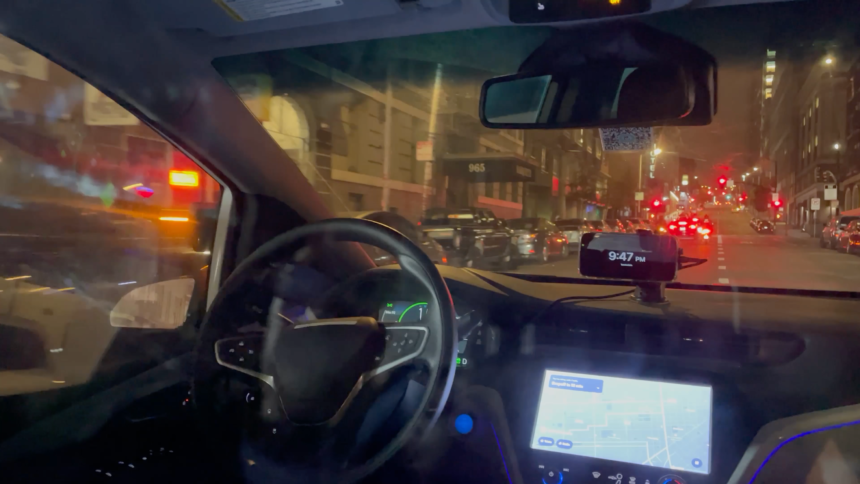Introduction:
The transportation industry is on the cusp of a revolutionary transformation that will reshape the way we move from one place to another. Self-driving cars, also known as autonomous vehicles, have emerged as a promising technology that has the potential to redefine transportation and improve safety, efficiency, and accessibility. In this blog post, we will explore the future of transportation, focusing on self-driving cars and the broader implications of this transformative technology.
The Rise of Self-Driving Cars: Self-driving cars are vehicles equipped with advanced sensors, artificial intelligence, and machine-learning algorithms that enable them to navigate and operate without human intervention. These vehicles have the potential to eliminate human error, which is a leading cause of accidents on our roads. By leveraging technologies such as radar, lidar, cameras, and GPS, self-driving cars can perceive their surroundings, make real-time decisions, and navigate complex road conditions with greater precision and efficiency.
Advantages of Self-Driving Cars:
- Enhanced Safety: Self-driving cars have the potential to significantly reduce accidents caused by human error, such as distracted driving, fatigue, and impaired judgment. With advanced sensors and real-time data analysis, autonomous vehicles can detect and respond to potential hazards faster than human drivers, potentially saving thousands of lives each year.
- Improved Efficiency and Traffic Flow: Self-driving cars can optimize traffic flow by reducing congestion and improving the efficiency of transportation networks. With interconnected autonomous vehicles communicating with each other, traffic signals, and infrastructure, they can coordinate movements and adjust speed and routes to minimize delays and maximize the utilization of road space.
- Accessibility and Mobility for All: Autonomous vehicles have the potential to provide mobility solutions for individuals who are unable to drive, such as the elderly, disabled, and those without access to private transportation. Self-driving cars can offer convenient and affordable transportation services, enhancing accessibility and improving the quality of life for millions of people.
Beyond Self-Driving Cars:
While self-driving cars are capturing much of the attention, the future of transportation extends beyond autonomous vehicles. Here are some other key developments shaping the future of transportation:
- Electric Vehicles (EVs): The transition from traditional gasoline-powered vehicles to electric vehicles is gaining momentum. EVs offer several benefits, including reduced emissions, improved energy efficiency, and decreased dependence on fossil fuels. As battery technology advances and charging infrastructure expands, electric vehicles are poised to become mainstream, contributing to a greener and more sustainable transportation system.
- Hyperloop and Maglev Trains: Hyperloop and magnetic levitation (maglev) trains are futuristic transportation concepts that could revolutionize long-distance travel. Hyperloop uses low-pressure tubes to transport pods at high speeds, potentially enabling travel at near-supersonic speeds. Maglev trains, on the other hand, use magnetic levitation to eliminate friction and achieve incredibly fast and smooth travel. These technologies have the potential to redefine long-distance transportation, offering faster, more efficient, and more sustainable alternatives to traditional modes of travel.
- Urban Air Mobility (UAM): The concept of urban air mobility envisions the use of electric vertical take-off and landing (VTOL) aircraft for short-distance urban transportation. These flying vehicles could alleviate congestion on the ground and offer rapid and efficient transportation options for commuters. UAM has the potential to transform urban mobility, enabling faster and more flexible transportation within cities.
Conclusion:
The future of transportation holds immense promise and potential. Self-driving cars are at the forefront of this transformation, offering improved safety, efficiency, and accessibility. However, the future extends beyond autonomous vehicles, encompassing developments such as electric vehicles, hyperloop and maglev trains, and urban air mobility. As technology continues to advance and societal needs evolve, the transportation landscape will undergo significant changes, revolutionizing the way we travel and shaping a more sustainable, efficient, and connected world.
